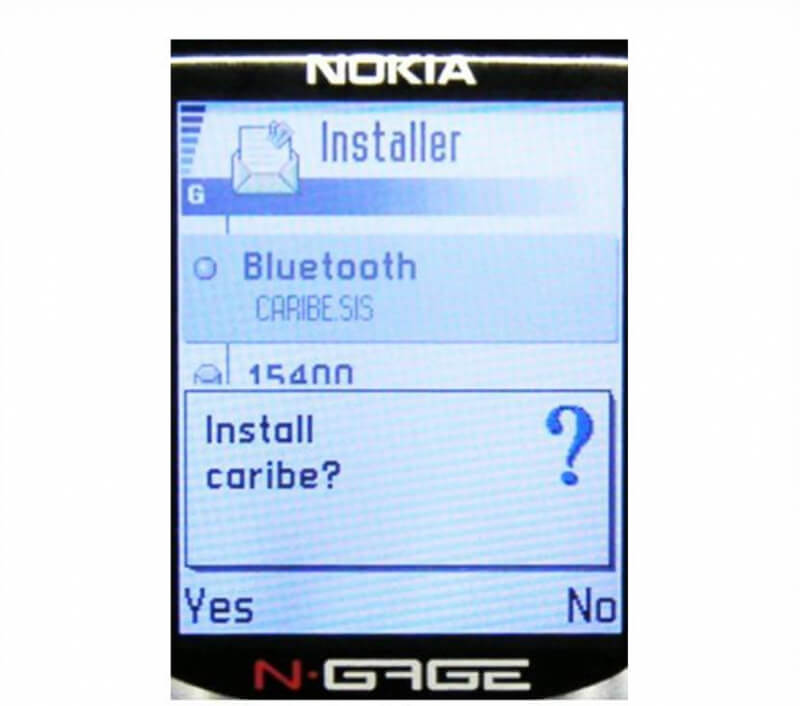A little background and more context about this trivia

The first known mobile phone virus was called Cabir, or Caribe. It was discovered in June 2004 and primarily targeted devices running the Symbian operating system, which was commonly used in Nokia smartphones at the time. Cabir was a worm that spread via Bluetooth, and while it wasn't particularly harmful, it demonstrated the potential for mobile phone viruses to propagate and infect other devices.
Discovered by Kaspersky and allegedly nicknamed after employee Elena Kabirova, the Cabir worm was designed to target Series 60 Nokia phones. It utilized the handset's Bluetooth connectivity to send itself to all Bluetooth-enabled devices, including those not running Symbian, such as desktops or printers.
Also known as Caribe, SymbOS/Cabir, and other names, the malware required users to accept it as a file transfer. In some instances, it would repeatedly display prompts until the user was forced to agree. Fortunately, the worm was not released into the wild; instead, it was sent to antivirus companies. They concluded that it was harmless in its current state and was created by a group of hackers known as 29A as a proof of concept to garner attention.
Later, a Cabir variant called Mabir emerged, with the ability to spread via both Bluetooth and MMS by sending a .sis file over cellular networks. After the appearance of Cabir, several other mobile phone viruses emerged, including Commwarrior, which also targeted Symbian OS phones and spread via MMS and Bluetooth, and Ikee, the first iPhone worm, discovered in 2009.
As smartphones became more popular, the threat landscape evolved, and mobile malware began targeting Android and iOS devices. This led to the development of sophisticated Trojans, such as DroidKungFu and Geinimi, and ransomware like Simplocker, which targeted Android devices. Apple's iOS platform has also faced threats, although to a lesser extent due to its more restrictive app ecosystem.